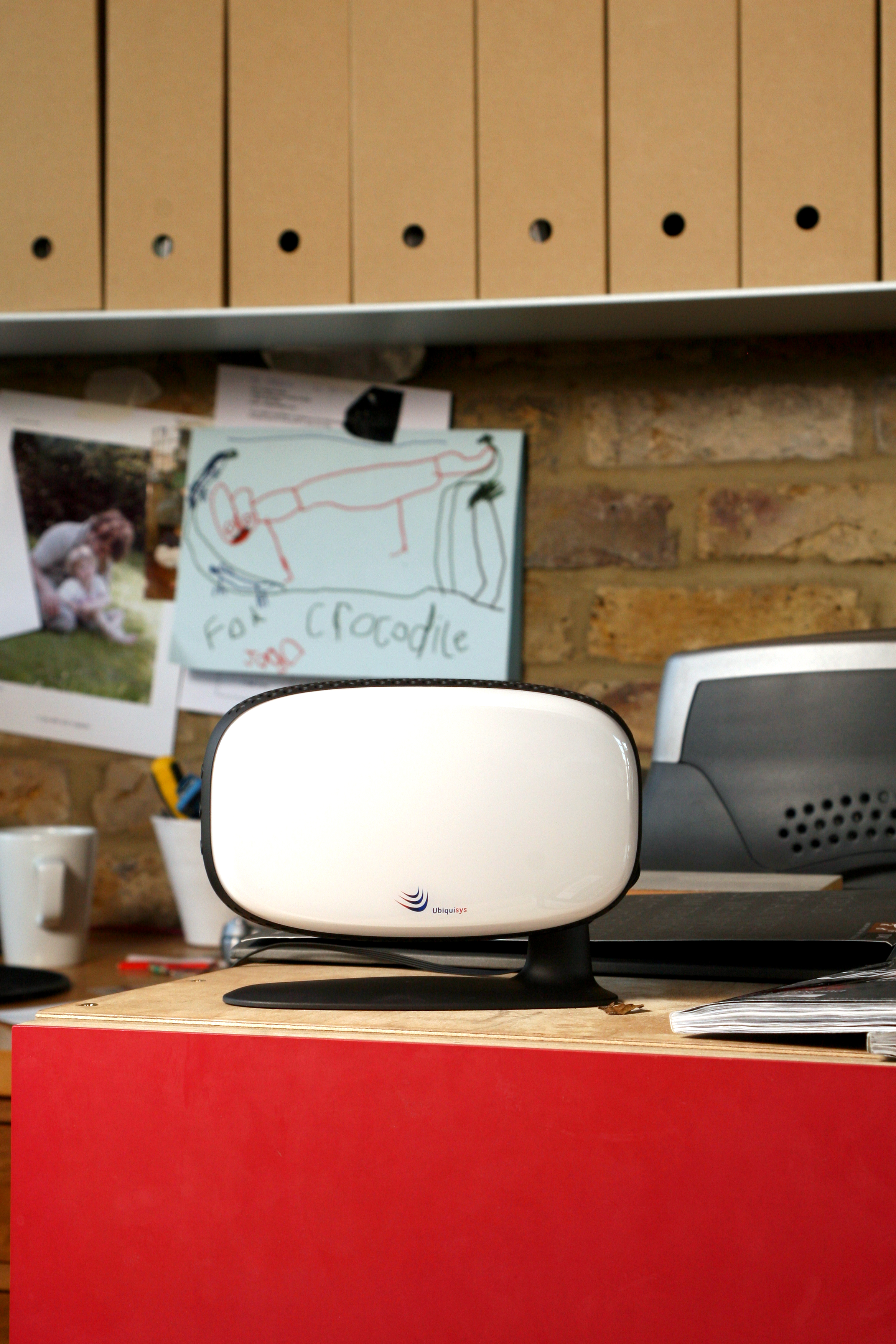Femtocells: Using your mobile to change the channel

These days, it seems like there’s a remote for everything – the TV, stereo, amplifier, media centre and cable. Even your ceiling fans and air-conditioning units have one.
The remote is undoubtedly one of the most important inventions for the AV industry, but it was designed to make things easier, not more annoying.
ADVERTISEMENT
On top of that, cheap universal remotes aren’t the best answer, because their preset commands mean that you miss out on half of the special features of your equipment – that is, unless you keep the original remotes as well.
So the AV industry has begun to adopt a new technology to streamline your home cinema using the most pervasive device in your life – the mobile phone.
Mobile phones, which outnumber people in Australia, are being converted into the ultimate universal remote for your entire house through the adoption of femtocell technology.
Under the guidance of the Femto Forum, a not-for-profit organisation founded in 2007 to promote the development and adoption of femtocell products and services, femtocells are starting to appear in more and more AV applications.
So it’s only a matter of time before your phone becomes the heart of your home.
“As the femtocell connects to the home network it starts offering a range of new services in the home,” says Femto Forum chairman Simon Saunders.
“By providing perfect performance indoors, femtocells deliver not only perfect reception for voice but also high-speed data so users can surf the Internet and stream media on their phone in optimum conditions.”
A femtocell is a small device, about the size of a Wi-Fi router, that plugs into your broadband modem to give you perfect mobile phone coverage throughout your home or office, cheaper phone calls, faster mobile broadband and brand new services – all using your existing mobile handset.
Simon says a stand-alone femtocell simply connects into a consumer’s existing broadband router and automatically sets itself up.
Some home gateway providers, like Netgear and Thomson, have integrated femtocells into their devices so that they support DSL/cable, Wi-Fi, local area network and cellular technology in a single box.
“Femtocells were originally developed to resolve indoor coverage black spots that have always affected mobile services, as cellular signals don’t penetrate walls well,” Simon says.
“With 3G networks the issue is even more acute, so it was logical to extend the mobile network inside buildings, thereby sidestepping the problem.
“By allowing mobiles to join the home network, consumers can send, receive and even stream data and media between the handset and local PCs, media centres or wireless-enabled digital cameras and MP3 players.
“They can also trigger services based on presence, so when users return home their mobile phone automatically downloads their favourite TV programs or podcasts from their local personal video recorder or online from their favourite broadcaster or other content providers.
“Equally, parents can be alerted via SMS when their children have returned home – or snuck out!”
At their most simple, femtocells deliver an optimised indoor version of the kinds of mobile services we’re familiar with.
“However, we’re seeing a lot of attention focused on developing new services that will put the mobile handset squarely at the centre of the connected home,” Simon says.
“We’re already seeing femtocells with the ability to stream media between phones and connected devices, and they enable presence-based services that will trigger when the user enters or exits the home. In future we may well see the phone becoming the universal remote control for the digital home.
“But for this to become a reality we’re going to need home automation specialists and femtocell developers working together on common approaches and interfaces that can make this a widespread commercial success.”
The mobile handset could control the television, hi-fi, central heating or any other system as long as it is similarly connected to the home network.
“These devices could be connected to the home network though the LAN or Wi-Fi or they could conceivably be connected in future by cellular as well,” Simon says.
“Will we see other devices in the home like TVs and MP3 players integrate cellular technology so they can access the femtocell? Probably not in the near future, but as mentioned before, as long as these other devices connect to the home network then the femtocell allows them to connect to cellular devices.”
The NEC Corporation, a member of the Femto Forum, has started operational trials in Europe to deliver 3G mobile services via a standard IP-broadband connection directly into subscribers’ homes or business environments.
NEC is among the first providers to offer a complete solution, which includes the femtocell access point for direct subscriber use, together with the femtocell gateway and management and provisioning systems.
“The Femto Forum has been highlighting the possibilities of femtocells and working with all the major industry players to overcome any obstacles to their introduction,” Simon says.
“This has involved encouraging femtocell standards so all devices are compatible with one another.
“It’s fair to say that almost every mobile operator around the world is, or should be, looking at this technology – it is simply too attractive to be ignored.”
-
ADVERTISEMENT
-
ADVERTISEMENT

